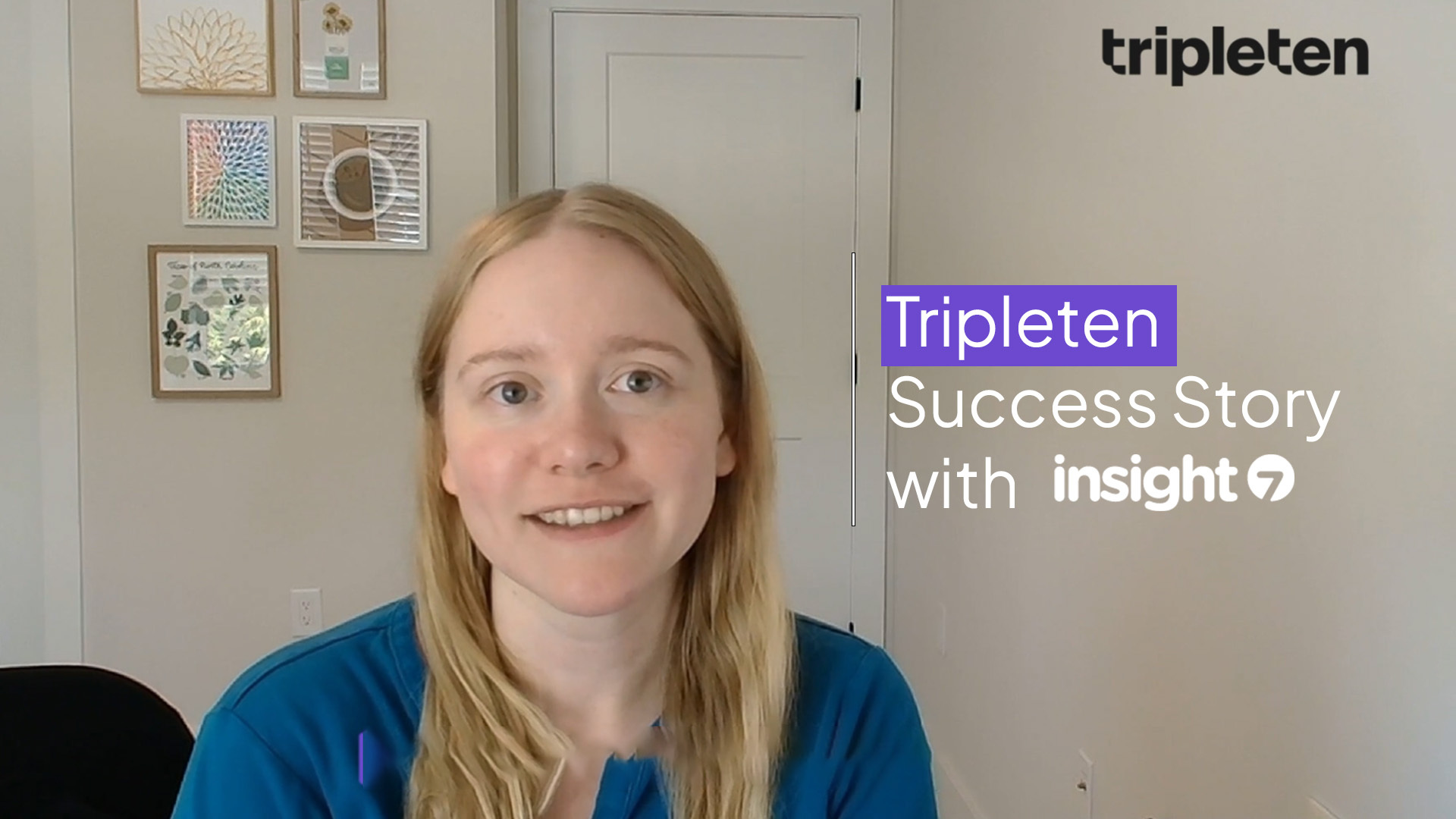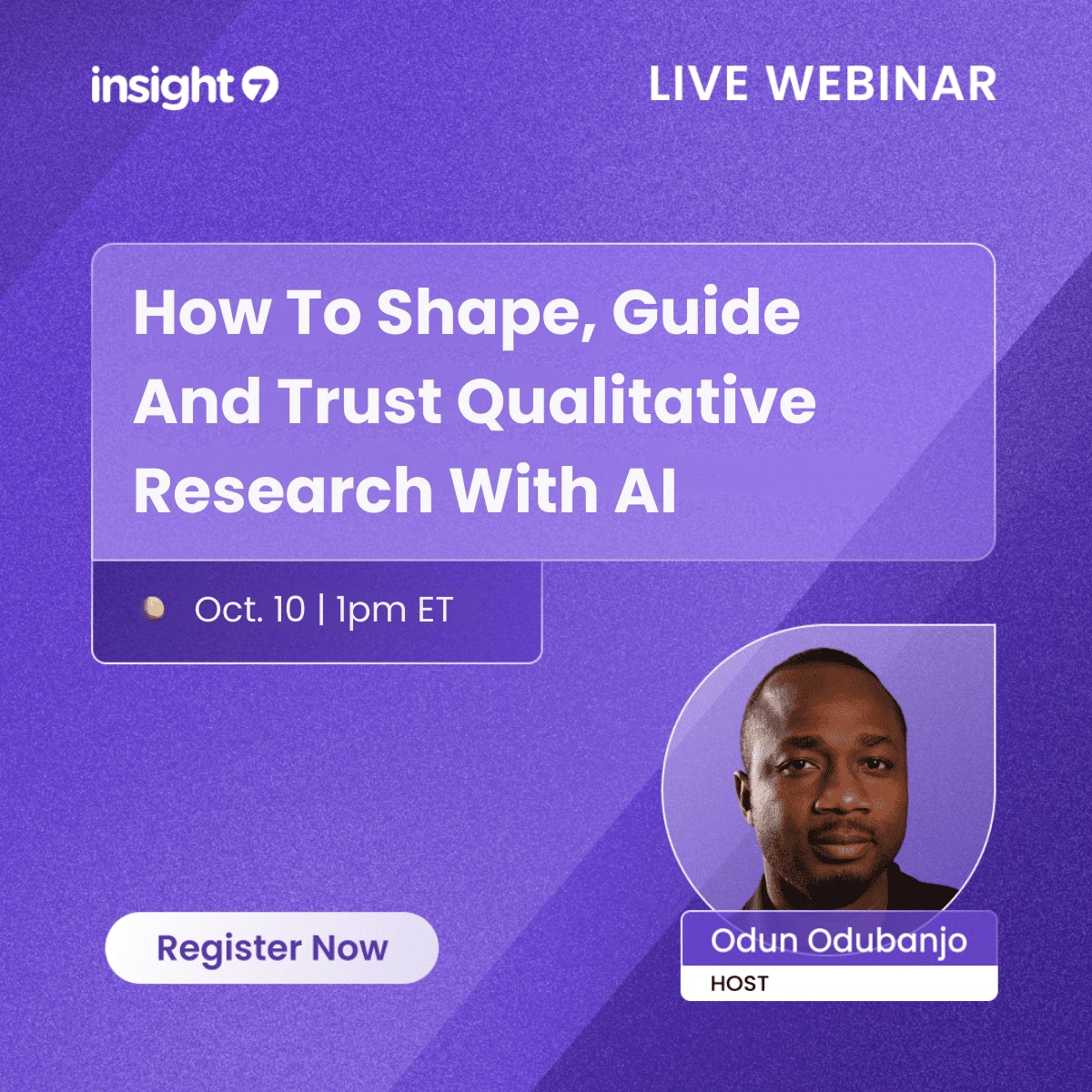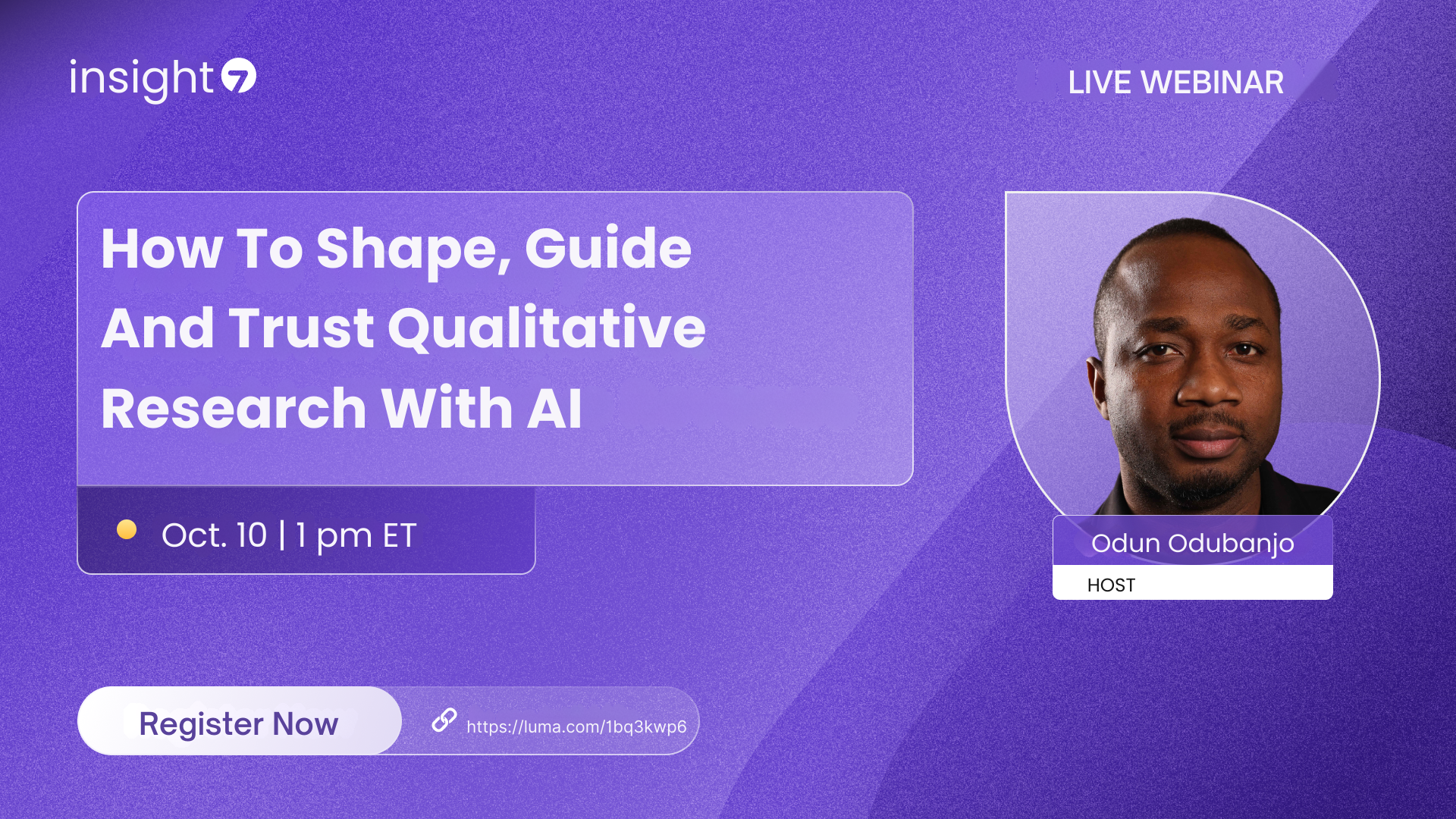Qualitative Methods for Consumer Research Analysis
-
Bella Williams
- 10 min read
Consumer Insight Techniques are pivotal in understanding the motivations, preferences, and challenges of consumers. By applying qualitative methods, researchers can gather valuable information directly from individuals through interviews, focus groups, and observational studies. These techniques not only reveal the 'what' but also the 'why' behind consumer behavior, providing a deeper understanding of their needs and desires.
A successful qualitative research strategy involves continuous engagement with consumers. It encourages researchers to ask the right questions and actively listen to participant responses. This process leads to identifying patterns and themes that can significantly impact product development and marketing strategies. In turn, these insights help businesses create offerings that resonate with their target audience, ultimately driving customer satisfaction and loyalty.
Exploring Consumer Insight Techniques
Consumer Insight Techniques are crucial for understanding customer behaviors and motivations. By engaging in regular interviews and feedback sessions, researchers can glean valuable insights from consumers. Capturing qualitative feedback helps identify pain points, desires, and overall sentiments, which are essential for shaping product development and marketing strategies.
To delve deeper, several effective techniques can be utilized. First, conducting in-depth interviews allows for a more personal connection and deeper understanding of the customer experience. Second, focus groups provide a platform for diverse perspectives and encourage dynamic discussions. Third, observational studies enable researchers to witness real-life behaviors in context. Lastly, employing surveys can quantify insights gathered during qualitative methods, bridging the gap between qualitative and quantitative data. Each of these techniques adds a layer of understanding, ultimately enhancing the research and helping organizations meet consumer needs more effectively.
Ethnographic Research: Understanding Consumer Behavior
Ethnographic research plays a crucial role in uncovering the behavior and motivations of consumers within their natural environments. By immersing researchers in the everyday lives of consumers, this qualitative method reveals insights that traditional surveys or focus groups may overlook. Understanding consumer behavior through ethnographic methods allows businesses to create more targeted strategies and build products that genuinely resonate with their audience.
To grasp the full potential of ethnographic research, consider the following components:
- Contextual Observation – This entails observing consumers in their daily environments to understand their purchasing decisions and preferences.
- In-depth Interviews – Engaging consumers in conversations can uncover deeper motivations and feelings linked to their choices.
- Cultural Insight – Analyzing cultural factors that influence consumer behavior adds another layer of understanding to product development and marketing strategies.
By combining these techniques, brands can gain profound consumer insights, enabling them to meet needs effectively and build lasting relationships.
In-depth Interviews: Personal Insights from Consumers
In-depth interviews provide a window into consumer experiences, revealing their motivations and preferences. This qualitative method gathers personal insights that quantifiable data often misses. The richness of these conversations allows researchers to explore underlying emotions and sentiments, leading to more substantial consumer insight techniques. Interviewees can articulate their views in their own words, ensuring their perspectives contribute to shaping strategies.
Through these personal stories, researchers can identify patterns and connections that statistical analysis cannot capture. This relationship fosters a deeper understanding of consumer behavior, informing product design and marketing strategies. Engaging directly with consumers not only uncovers valuable insights but also humanizes data, transforming raw information into actionable strategies. Therefore, in-depth interviews are vital for brands that aspire to resonate with their target audience effectively. They pave the way for informed decisions that lead to real business impact.
Applying Consumer Insight Techniques in Analysis
To effectively apply consumer insight techniques in analysis, researchers need to focus on understanding the underlying motivations of consumers. This involves gathering qualitative data through interviews, observations, and other interaction methods. By analyzing customer quotes and stories, patterns emerge that reveal key pain points and desires of the target audience. This storytelling approach helps contextualize the insights and provides rich, actionable data for stakeholders.
Moreover, utilizing these insights requires a systematic process. Organizing findings by projects allows for a comprehensive evaluation of multiple interactions simultaneously, enhancing clarity and focus. Analysts can categorize overarching themes, identify recurring issues, and develop strategic solutions that address these insights directly. By fostering a culture of inquiry, teams can continuously refine their understanding of consumer behavior and preferences, ultimately leading to more effective marketing strategies and product offerings.
Focus Groups: Gathering Diverse Consumer Perspectives
Focus groups serve as an invaluable tool for gathering diverse consumer perspectives, offering insights that questionnaires or surveys may overlook. By bringing together a mix of participants, researchers can explore a variety of opinions and emotions that shape consumer behavior. These discussions go beyond surface-level feedback, enabling participants to share experiences that can reveal deeper motivations or reservations about a product or service.
Utilizing focus groups as a qualitative method allows researchers to foster meaningful dialogues. Participants often build upon each other's comments, creating a rich tapestry of insight. This collaborative environment not only highlights individual perspectives but also uncovers collective attitudes toward the brand or product. Analyzing these discussions can lead to a nuanced understanding of consumer sentiment, ultimately guiding businesses in refining their strategies to better meet consumer needs.
Content Analysis: Interpreting Consumer Narratives
Content analysis is a powerful method for interpreting consumer narratives. Through this approach, researchers can extract meaningful insights from the stories and feedback shared by consumers. Each narrative contains underlying themes reflecting consumer desires, pain points, and motivations, which are crucial for understanding how customers relate to products and services. By examining these narratives, we can identify patterns that inform business strategies and marketing efforts.
To effectively interpret consumer narratives, it's essential to focus on key elements: 1. Themes Identification: Determine recurring topics and sentiments that emerge from narratives. 2. Contextual Understanding: Evaluate the circumstances surrounding consumer experiences to grasp their significance. 3. Direct Quotes: Use authentic consumer quotes to support insights, making findings more relatable and credible. As a result, employing these consumer insight techniques leads to comprehensive analyses that reveal the true voice of the consumer, ultimately guiding more effective decision-making processes.
Conclusion: The Impact of Consumer Insight Techniques on Research
Consumer insight techniques play a crucial role in shaping effective research strategies. They enable researchers to unveil deep understanding from consumer behaviors and preferences. By employing qualitative methods, businesses can gather rich narratives that highlight customers’ motivations and perceptions. This insight is pivotal for creating products and services that resonate with target audiences.
Moreover, integrating these techniques can significantly enhance decision-making processes. When researchers grasp consumer sentiments, they can tailor marketing strategies to better address audience needs. Overall, the impact of consumer insight techniques on research is profound, fostering a more consumer-centric approach that drives business growth and innovation.







